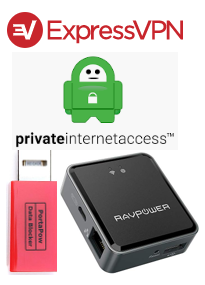Stay safe: USB condoms, VPNs, and travel routers (reprise)
In what feels like eons ago, I wrote a blog post on protecting your data when in public. I looked up that post. I published it on January 20, 2020, just three months before most of us stopped going out in public. Good timing, eh? Now that most people are out and about, here is that post again revised with updated information from the FBI regarding juice hacking. Read on! USB condoms Let’s start with USB condoms, because, frankly, that’s why you decided to read this post. It’s okay to be honest. We’re friends. The cable you use to charge your phone and your tabletRead More →

